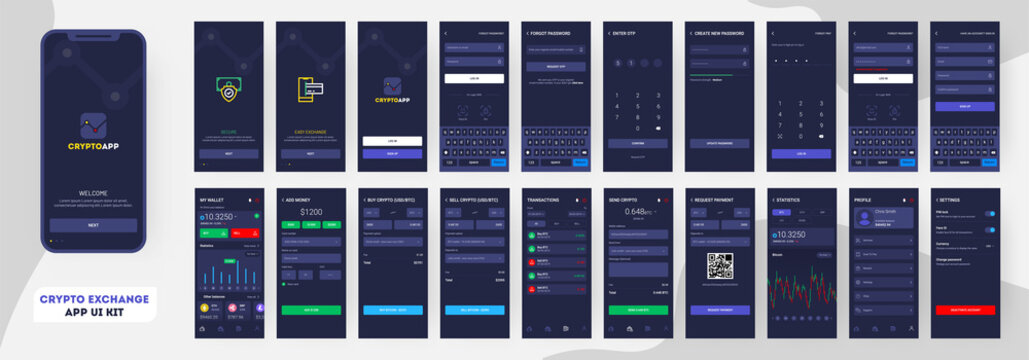How to create a website
How to create a website: learn tips and tricks on how to create a website from scratch in just a few easy steps!
Are you looking to take your business to the next level? Have you been wanting to create an online presence but don’t know where to start? In this blog post, we’ll cover the steps you need to take in order to create a website. We’ll provide you with helpful tips and tricks that will make the entire process much easier. So, if you’re ready to get started on creating a website, keep reading!
Choosing a Domain Name
Choosing a Domain Name:
When choosing a domain name for your website, you will want to make sure that it is appropriate and memorable. With so many options available online, it can be difficult to choose the perfect name. To help you find the perfect domain name for your site, we recommend using a domain search engine like Google Search or Yahoo! Domain. Once you have found a suitable domain name, make sure to register it with the relevant registrar.
Setting Up Hosting for Your Site
If you’re looking to create a website, your first step is to decide on the hosting platform that works best for you. There are many options available, and each has its own set of pros and cons. You’ll need to assess your needs carefully before making a decision.
Access: self-hosted vs hosted
Self-hosted platforms give you complete control over your site’s content, design and security. However, this can be more challenging – especially if you’re not familiar with web server administration – and hosting costs can be high. Hosted platforms offer flexibility, but require the help of an administrator who will take care of updates, maintenance and security concerns. They also tend to be cheaper than self-hosting options.
Web host providers include companies like BlueHost (bluehost), 1and1 (oneandone), GoDaddy (godaddy) and NameCheap (namecheap). They often offer free trials so you can test out their services before committing to a subscription or purchase. Platforms such as WordPress use a hosted platform by default; however, there are plenty of themes and plugins that let users easily turn their WordPress blog into a full fledged website without having to worry about web host management details like code installs or backups. While choosing a web host provider is beyond the scope of this article, our guide “How To Choose A Web Host” provides general tips on investigating different options and finding the right fit for your needs.
Once you have decided on either self-hosting or using a hosted platform, you’ll need to find an appropriate web server provider that meets your specific requirements – these vary depending on what kind of site you want to create: » Find Out What Kind Of Website You Are Planning To Create

Picking the Right Platform or CMS for Your Website
Choosing the Right Platform or CMS for Your Website
There are a number of different platforms and CMSs available to create a website. Which one you choose depends on your specific needs and preferences. Some of the more popular options include WordPress, Drupal, Joomla and Adobe Dreamweaver.
When choosing a platform or CMS, it’s important to consider your target audience and what type of website you want to create. WordPress is popular for creating websites that are primarily used for publishing content, such as blogs or news sites. Drupal is more versatile and can be used to create websites that are used for a variety of purposes, such as a corporate website or an online store. Joomla is popular for creating websites that are used for both personal and commercial purposes, such as a business website or an online store. Adobe Dreamweaver is often used to create websites that are designed primarily for the web, such as e-commerce websites.
Once you have chosen a platform or CMS, it’s important to decide on a layout and design. You can use templates or create your own layout using HTML and CSS. It’s also important to decide on the type of content you want to include on your website and the format in which you want to display it. You can include text, images, videos and blogs on your website using different formats, such as HTML, CSS, PHP and JavaScript.
Once you have chosen a platform or CMS and layout, it’s time to add content. You can add text, images, videos and blogs using different formats. You can also add links to external websites using HTML tags. You can also add Google Maps to your website using HTML tags.
It’s important to test your website before you launch it into the world. You can use different browsers and devices to test your website on different platforms. You can also use web browsers like Chrome or Firefox to test your website on different devices like smartphones or tablets. You can also use online tools like WebPageTest or GTMetrix to test your website’s performance on different devices and browsers.
It’s important to keep your website updated with the latest changes in technology and design trends. You can use different tools like WordPress’ built-in update system or third-party update services like UpdaterX to keep your website up-to-date with the latest changes in technology and design trends. You can also use plugins like Yoast SEO to improve the SEO of your website.
Last, it’s important to maintain and secure your website. You can use different tools like WordPress’ built-in security system or third-party security services like Web Security Check to keep your website safe from hackers. You can also use plugins like Yoast SEO to improve the SEO of your website.
Design and Layout of Your Website
There are a few different platforms and CMS’s you can use to create your website. Depending on what you want to achieve, one might be better suited than the others.
Choosing a Platform or CMS: WordPress is the most popular platform for websites, but there are others like Drupal and Joomla that have large user bases. If you plan on using images and video extensively, then a platform like WordPress might not be the best choice. Drupal is great if you want to create a website with more control over the look and feel of your site, while Joomla is good if you just need an easy way to get started without much programming involved.
Once you select a platform or CMS, it’s important to choose which version to download and install. There are many options available including free and paid versions. It’s also important to decide how much customisation will be allowed by your host before your site goes live. Many hosts allow some basic customisation such as background colours and font size, but beyond this they typically require that you hire someone else who knows how to build websites specifically for hosting purposes. Additionally, it is important to decide when testing your website will take place – will you be doing this manually in advance or will your host provide live web debugging capabilities?
Doing Your Own Web Development: A few dedicated web developers who specialize in building websites using specific platforms or CMS’s will often charge an additional fee for their services (although this varies greatly depending on location). If this is something that interests you then finding someone through online review boards or social media should work well without too much difficulty.

Adding Content to your Website
Testing, Maintenance and Security
In order to ensure your website remains operational and secure, it is important to test it frequently and make sure you are keeping up with regular maintenance tasks. These include ensuring all pages render correctly, repairing broken links, updating security patches and keeping your site’s database updated.

Testing, Maintenance and Security
Testing, maintenance and security are all key aspects to keeping your website running smoothly. Testing should be done on a regular basis to make sure that all content is up-to-date and correct, while maintaining security should be a top priority to protect your site against malicious attacks.
Creating a website can be a daunting task, but with the right guidance and resources, it doesn’t have to be. By following the steps outlined in this article, you can create a website that is attractive, functional, and secure. With the right tools and knowledge, you can create a website that meets your needs and helps you reach your goals.







